| Type | Submarine | Hull | Steel |
| Displacement | 394/427 tonnes (surfaced/submerged) | Engines | 600 PS (440 kW; 590 bhp) diesel engines |
| Length | 44.9 m | Machinery | 2 × shafts; 2 × diesels; 2 × electric motors |
| Beam | 3.9 m | Speed | 11.3/8.7 kts (surfaced/submerged) |
| Draught | 3.8 m | Complement | 25 |
| Armament | 4 × 450 mm (17.7 in) torpedo tubes (2 × bow, 2 × stern) | ||
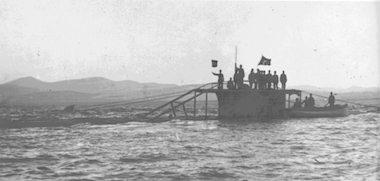
Commissioned by the French Navy in the early 20th century, Turquoise was one of the six Émeraude-class submarines built in the first decade of the 20th century. She was launched on 3 August 1908, commencing her operational service under the French ensign. As a member of the Émeraude-class, characterized by advancements in underwater mobility and strategic deployment, Turquoise was one of the symbols of France's maritime ambitions and defensive capabilities.
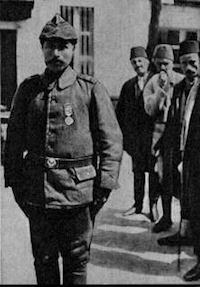
The submarine’s trajectory diverged significantly following the outbreak of the First World War. She took part in the Allied submarine campaign at the Dardanelles in 1915, together with 9 British submarines and three more French submarines. Although several of these submarines were lost attempting break through the strait into the Sea of Marmara, Turquoise successfully penetrated the straits in early October. On 25 October, she narrowly evaded interception by a Turkish patrol vessel, and got into serious trouble five days later when it ran aground near Nagara Point inside the Dardanelles within range of Turkish shore batteries. Targeted by artillery fire, Turquoise sustained critical damage, particularly to her periscope, necessitating her surrender, with her captain failing both to scuttle her and to destroy classified documents aboard. This information which was about Allied submarine movements was promptly forwarded by the Turks to their German allies.
Following its capture by the Turks, Turquoise underwent a journey fraught with challenges. Efforts were made to transport the submarine to Istanbul, culminating in a series of events marked by both triumph and adversity. Despite facing logistical hurdles and navigational mishaps, including a collision between the towing vessels, Turquoise ultimately reached Istanbul, she was repaired, and ceremoniously integrated into the Ottoman Navy as Müstecip Onbaşı, named after the artillery corporal who scored the fatal hit against the French submarine. Under her new designation, Müstecip Onbaşı assumed an unexpected role within the Ottoman Navy, as she functioned as a stationary battery charge vessel for German submarines after December 1915.
After the war was over, the fate of Müstecip Onbaşı was marred by uncertainty and intrigue. Despite efforts to integrate the submarine into active service, logistical constraints and changing political dynamics hindered its operational capabilities. Ultimately, on 1 July 1919 Müstecip Onbaşı was formally repatriated to French authority under the pretext of the Armistice of Mudros, and in France she was subsequently sold for scrap in 1920.
![]()
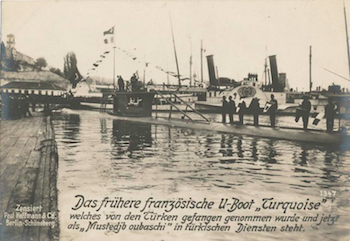
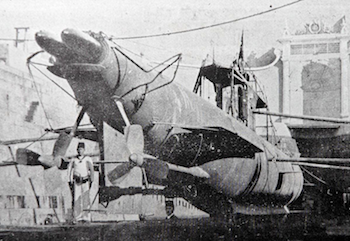
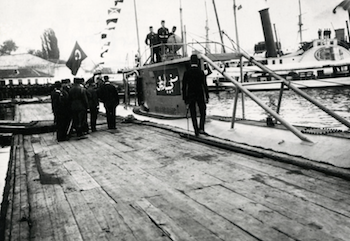
PAGE LAST UPDATED ON 22 MARCH 2024